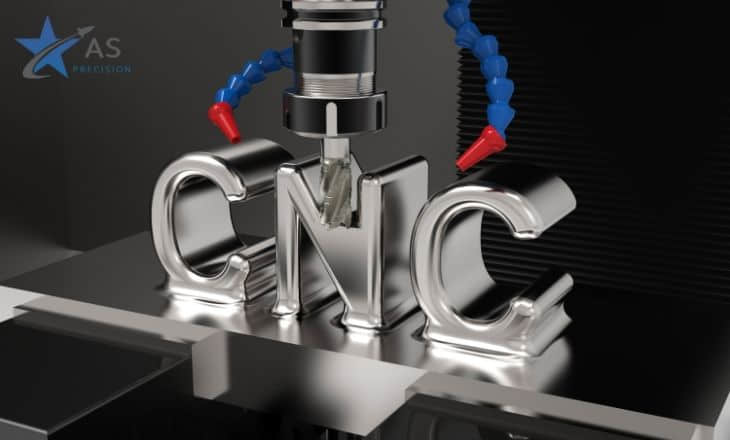You might be wondering what CNC precision milling is and how it works with today's technology. In this blog article, we will discuss what is CNC precision milling and, how it works, its pros of it, and the impact it has on the industry.

What is CNC Precision Milling?
CNC precision milling is a process used to manufacture parts, components, and assemblies that are accurately shaped using a computer-controlled tool. Typically, the tool has a rotating cutter that creates precise cuts in metal.
The benefits of CNC precision milling can be summed up with accuracy. With milling, you can create parts with incredibly tight tolerances, ensuring that your parts fit perfectly together and perform as expected. Additionally, CNC precision milling is incredibly versatile and can be used for various tasks, such as manufacturing components for electronics or medical devices. In short, if you're looking for a way to improve the quality and accuracy of your products, CNC precision milling is an essential tool to consider.
Why should you choose CNC precision milling?
CNC precision milling is one of the most precise manufacturing processes available, as it can produce extremely accurate shapes with very little variation. This makes it ideal for creating components that need to meet very specific specifications, such as those used in medical devices or aerospace engineering.
In addition to its accuracy, CNC precision milling is also versatile and can be used to create a wide range of parts and assemblies. This includes parts for aircraft engines, machine tools, electric motors, and even prosthetic limbs.
CNC precision milling is a relatively new process, but it's quickly becoming one of the most popular methods for manufacturing parts and assemblies.
How does CNC Precision Milling work?
First off, what is a milling machine? A milling machine is a device that uses rotational motion to cut pieces of metal. It works by moving the metal around a fixed axis and cutting it with precise edges. Millers can be manual or automated, but all of them use the same basic principle: they move the metal around the cutting tool and remove pieces of it by cutting through the metal's layers. Millers come in different shapes and sizes, but they all share one common feature: they have multiple cutting edges that rotate around the axis. This allows them to cut different types of metals.
Conclusion
CNC precision milling is the answer when you need precision in your manufacturing process. With a machine that can move at precise angles and speeds, you can create high-quality parts quickly and with little to no waste.
